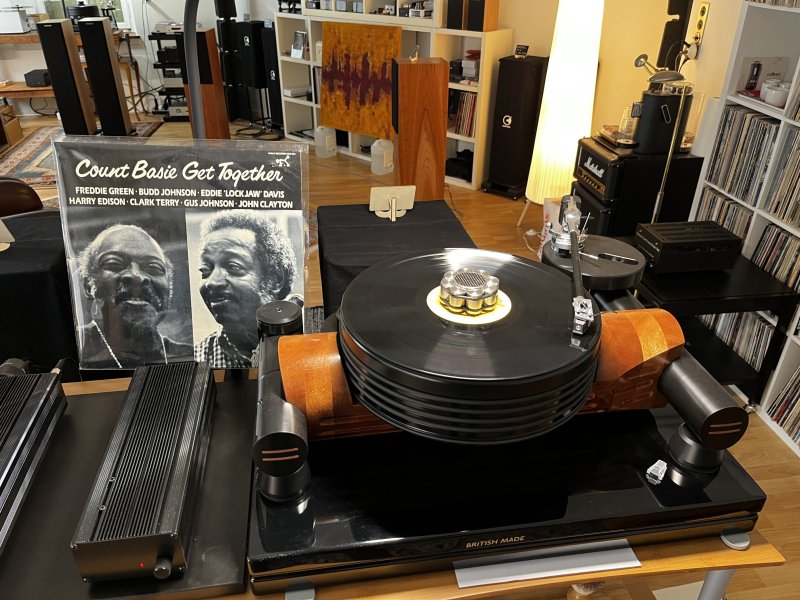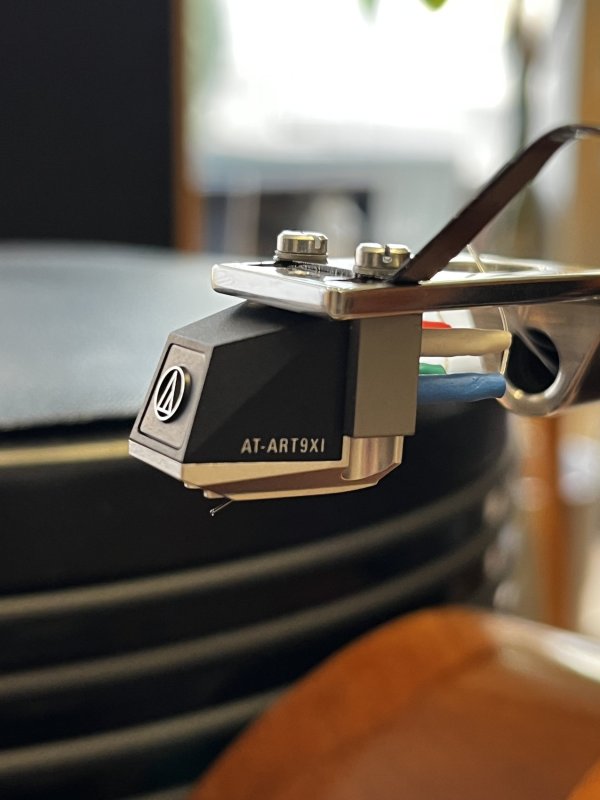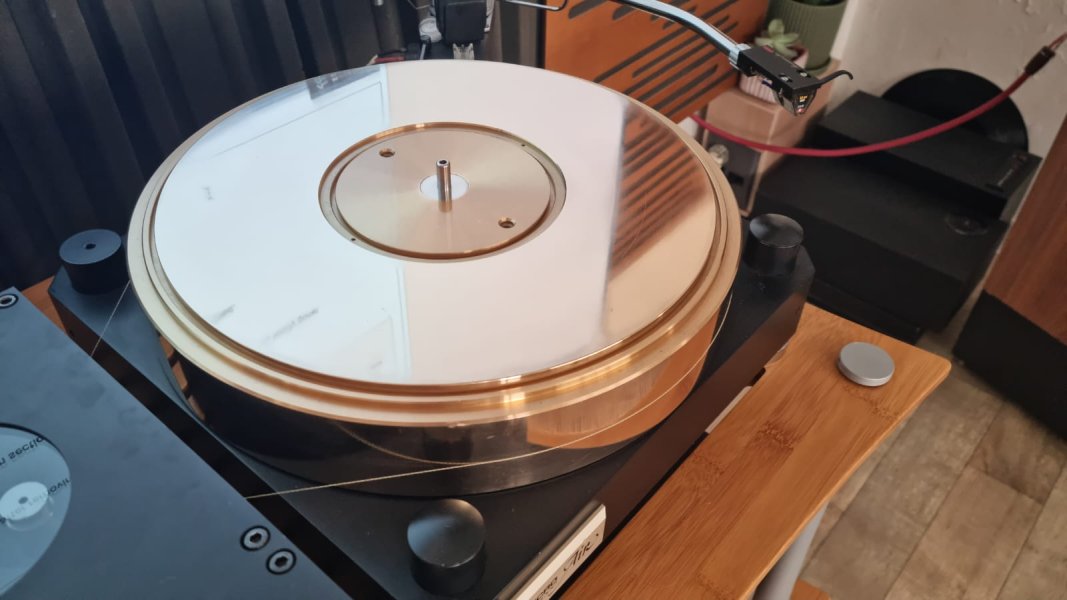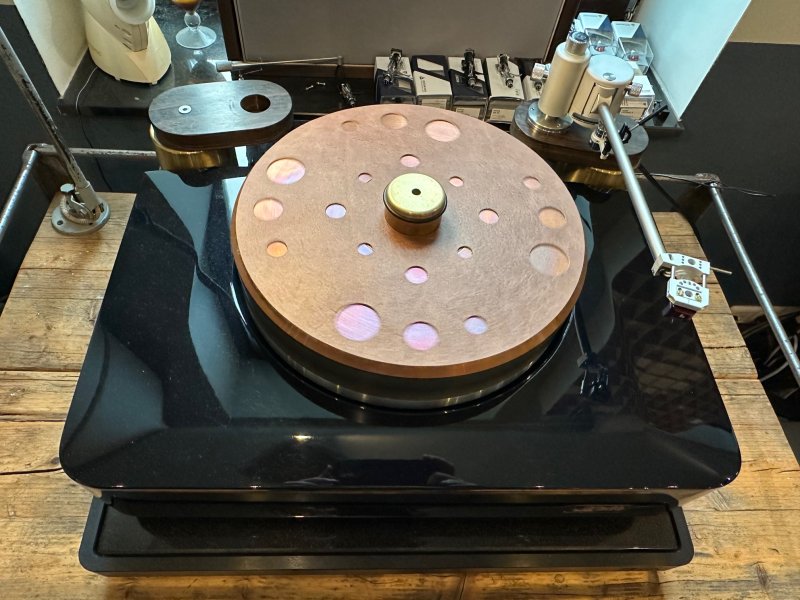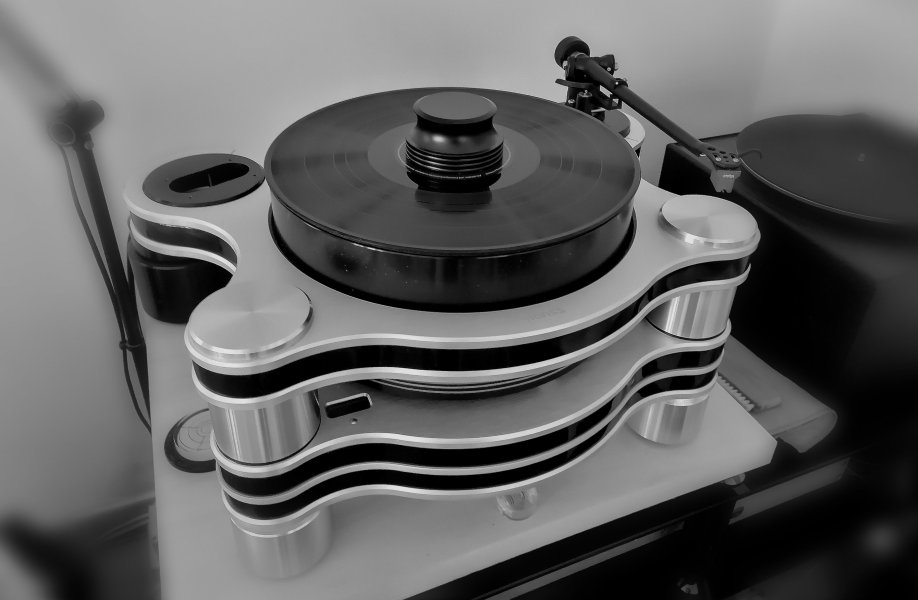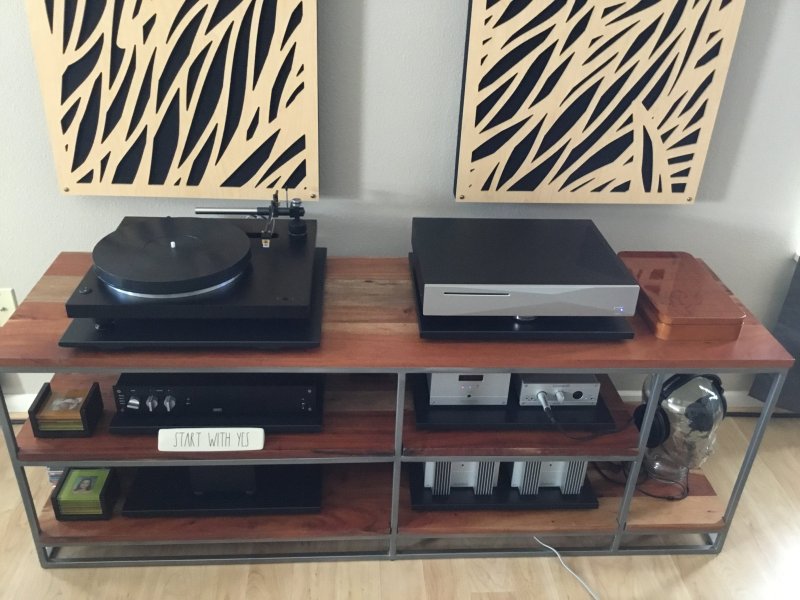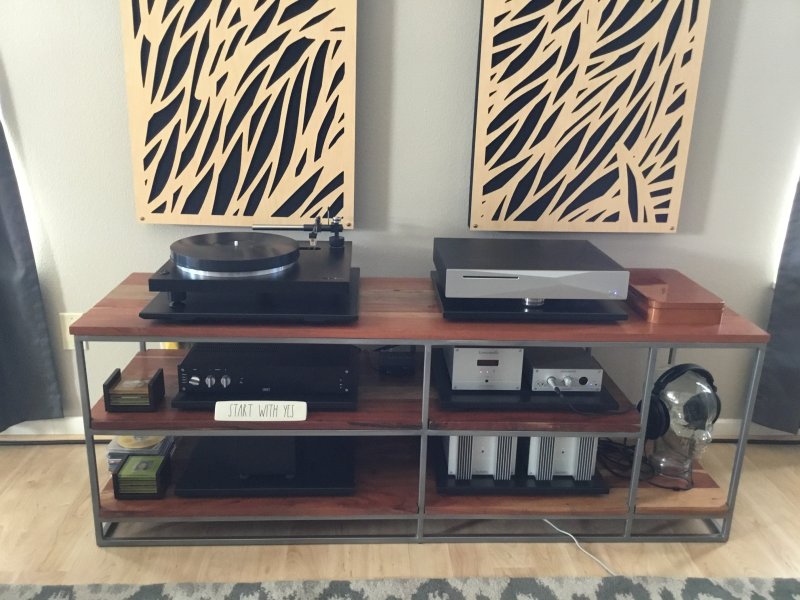I found what was causing the brightness.I would go for this one. It is the right choice. Additionally you can clean the residue of polishing by wiping with IPA and a cloth. That should improve the sound.
I've completely removed the inner and outer lip and now it sounds less bright.
I think I warped/damaged the lips because after the polish, they seemed uneven, and with the suction hold, all the records spinning look warped.
Even with the suction hold off there was still brightness, not until I had completely removed them.










